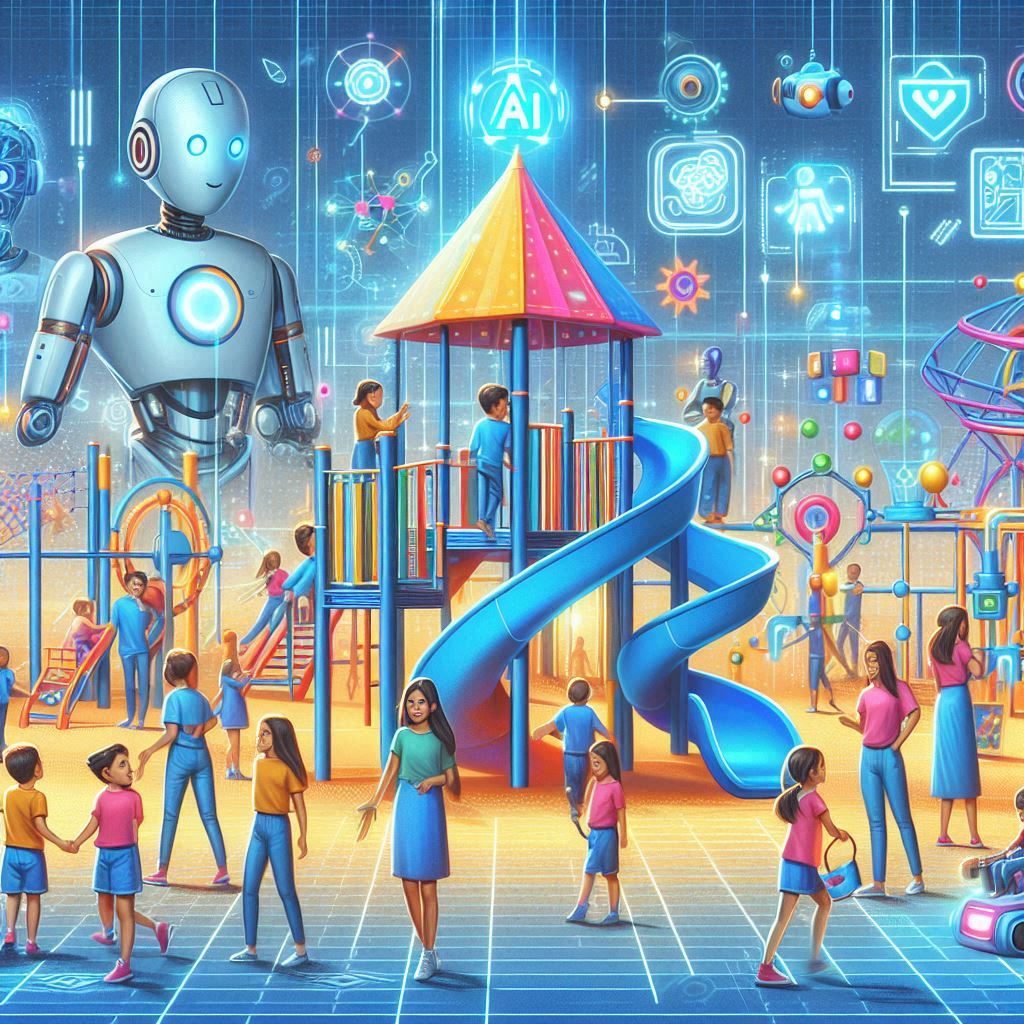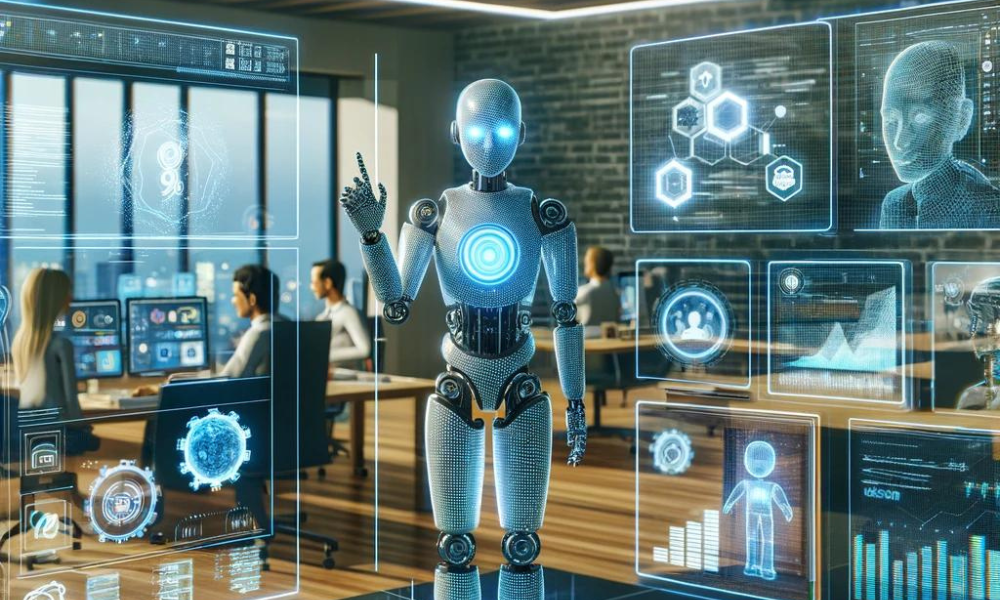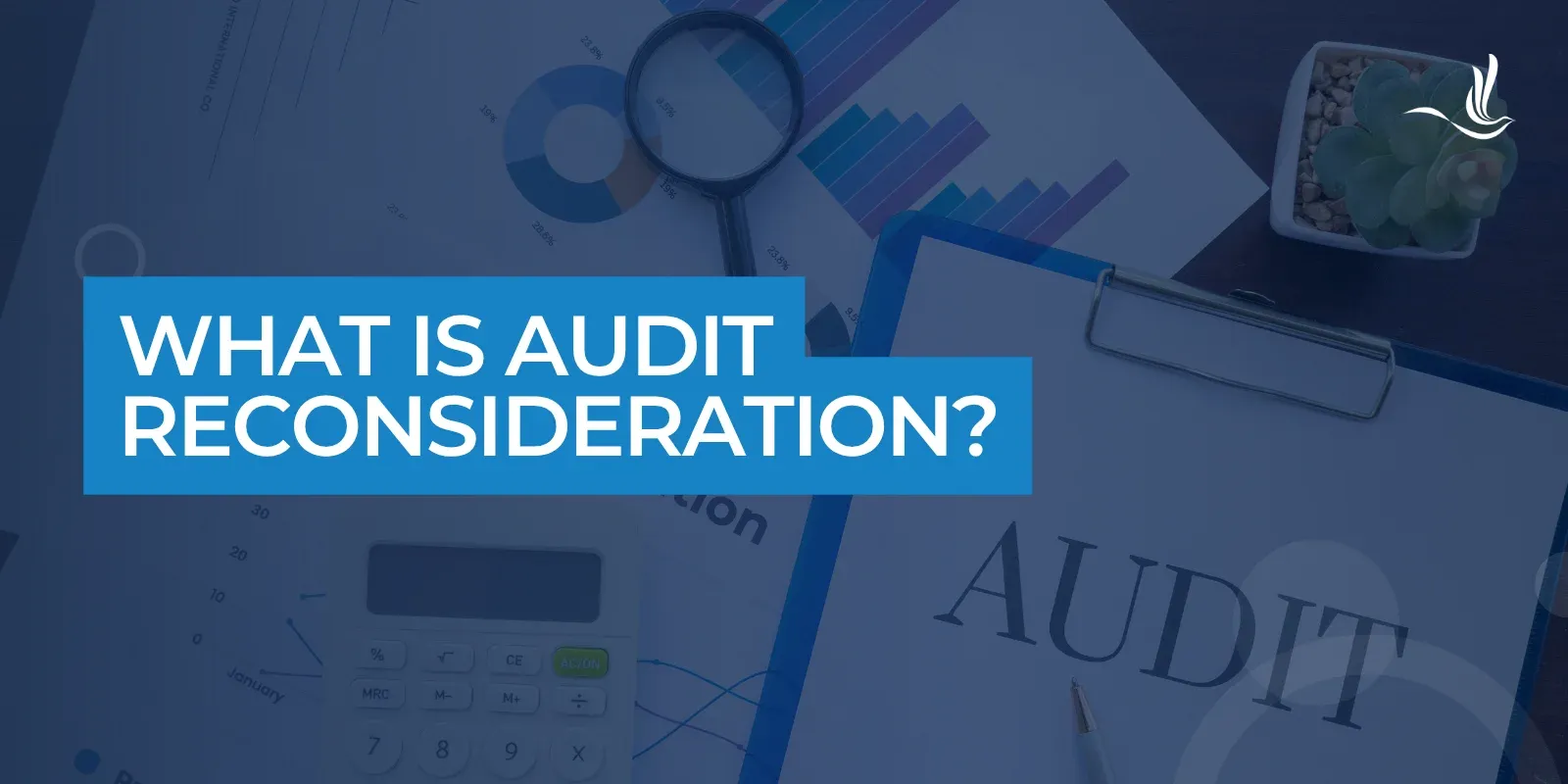As a father of two young daughters, I want to talk about something that I’ve been thinking about a lot lately.
Kids today will grow up in a world where artificial intelligence will be built into almost everything they touch. And it’s already in the toys they play with, the apps they have access to and the videos that autoplay before they even realize what they’re watching.
That means AI is no longer a future issue for parents. It’s an issue right now.
And the more I look at where this is heading, the more I think we need to have a serious conversation about AI guardrails.
Because if the last 30 years of the internet have taught us anything, it’s that technology often moves faster than the rules that are supposed to keep our kids safe.
The New AI Playground
AI is moving from our devices into the toy aisle.
Last month, a San Francisco startup called The AI Toy Company raised $5.3 million to build an emotionally aware plush companion for kids that it calls Bondu.
Image: Bondu.com
Other toy makers are rolling out robots that can respond to voice prompts, generate stories or adapt playtime based on a child’s mood.
Even crafting toys are changing. For example, one company is building a generative sticker printer that lets kids design characters on a tablet and print physical versions in seconds.
On the surface, all this new technology seems exciting.
Educational toys enhanced with AI could offer more personalized learning. AI toys might encourage more creative play.
And they’re certainly projected to be profitable.
The AI toys for kids market grew from around $780 million in 2024 to over $918 million in 2025. By 2032, it’s expected to grow to over $3 billion.
That represents over 3X growth in only seven years. And if the toy market is seeing that kind of surge, it begs the question: How many kids are already using AI right now?
According to Common Sense Media, nearly 30% of parents with kids under eight say their child has already used an AI tool.
That means that this trend is happening extremely fast.
After all, it has only been three years since the world woke up to what modern AI can actually do. ChatGPT 3 was released on November 30, 2022.
But toys are only part of the story here.
I’m much more concerned about the amount of AI videos flooding kids’ feeds, simply because these can be much harder for parents to monitor.
Kids today watch a lot of YouTube. And even though my wife and I regulate this in our house, mine do too. It’s a constant part of modern parenting.
But something has changed recently.
One recent investigation found that nine of the 100 fastest-growing YouTube channels this July were operated entirely by AI.
Another report showed that thousands of children’s videos are being produced with little or no human involvement.
These videos can look like normal kids’ content on the surface. They have bright colors and friendly-looking characters. The animation styles are often familiar.
But Parents.com warns that many of these videos include confusing or inaccurate information.
Some I’ve seen are downright disturbing. And these videos are churned out at scale by generative systems that can produce hundreds of clips a day.
Researchers have found that low-quality AI content can slip through moderation filters because it technically meets YouTube’s safety rules, even if the emotional tone is strange or unsettling.
That’s reason enough for everyone to be concerned.
Because toys can be inspected, and apps are regulated and can be restricted by parents.
But for millions of families, YouTube and other media feeds are the new babysitter.
And it’s a babysitter that gets away with a lot more than it should.
A Harvard-linked study found that social platforms earned $11 billion in 2022 from minors. YouTube alone made about $959 million from viewers under 12.
But we’ve all learned that profitability doesn’t always equate to our kids being protected.
Case in point, Disney recently agreed to pay a $10 million settlement after its YouTube channels collected children’s data without proper labeling.
And Disney is one of the largest and most trusted media companies in the world. If they allowed this to happen, imagine what thousands of smaller AI creators are doing. Or worse, what bad actors can get away with when their content is automated but its oversight isn’t.
Because the rules guiding our kids’ digital experiences today were built for a different era.
They were written when TV shows had human editors and when toys relied on batteries and imagination.
Not when neural networks can create hours of content at machine speed and AI can converse with your children as easily as a friend.
This new AI ecosystem does not care about age gates. It cares about engagement.
And kids are wired to be extremely engaged by AI.
Here’s My Take
As a parent, it’s already obvious that AI will reshape our kids’ childhoods the same way smartphones reshaped our lives.
But unless we update the rules that govern how companies use AI around kids, we could look back on this moment the same way we look back on the earliest days of social media
We can’t afford another period of innovation that moves faster than protection.
So what does responsible AI look like?
It looks like transparency. It looks like verification. It looks like guardrails for content that targets children.
And it looks like real consequences when companies cross the line.
This is the beginning of the biggest shift in how kids experience technology since the coming of the internet. And I want to make sure we get it right this time.
That’s why I’m starting this conversation today.
Over the next few months, I believe it’s only going to get louder.
Regards,
Ian King
Chief Strategist, Banyan Hill Publishing
Editor’s Note: We’d love to hear from you!
If you want to share your thoughts or suggestions about the Daily Disruptor, or if there are any specific topics you’d like us to cover, just send an email to [email protected].
Don’t worry, we won’t reveal your full name in the event we publish a response. So feel free to comment away!
Disclaimer: This story is auto-aggregated by a computer program and has not been created or edited by finopulse.
Publisher: Source link







